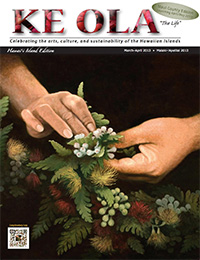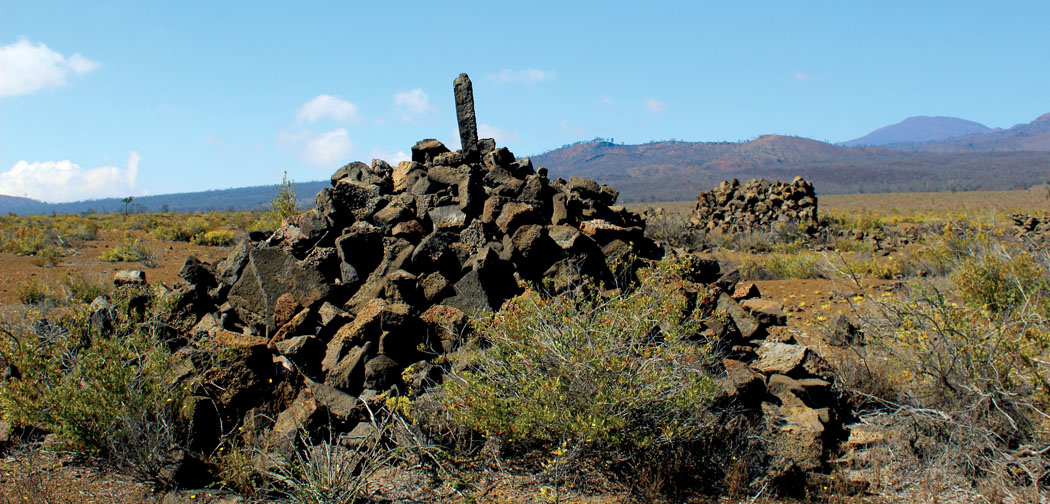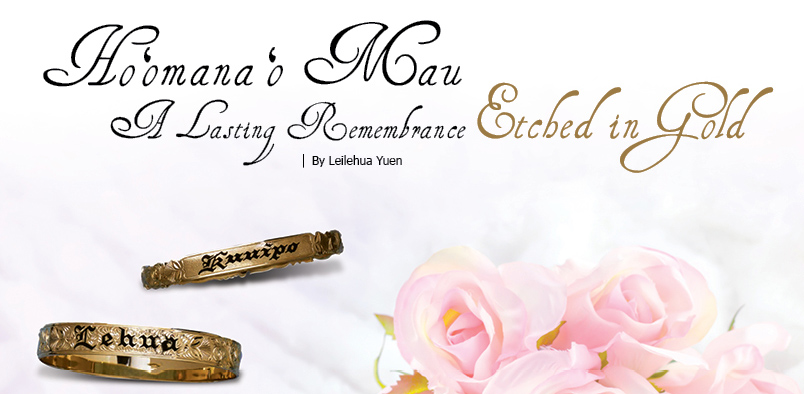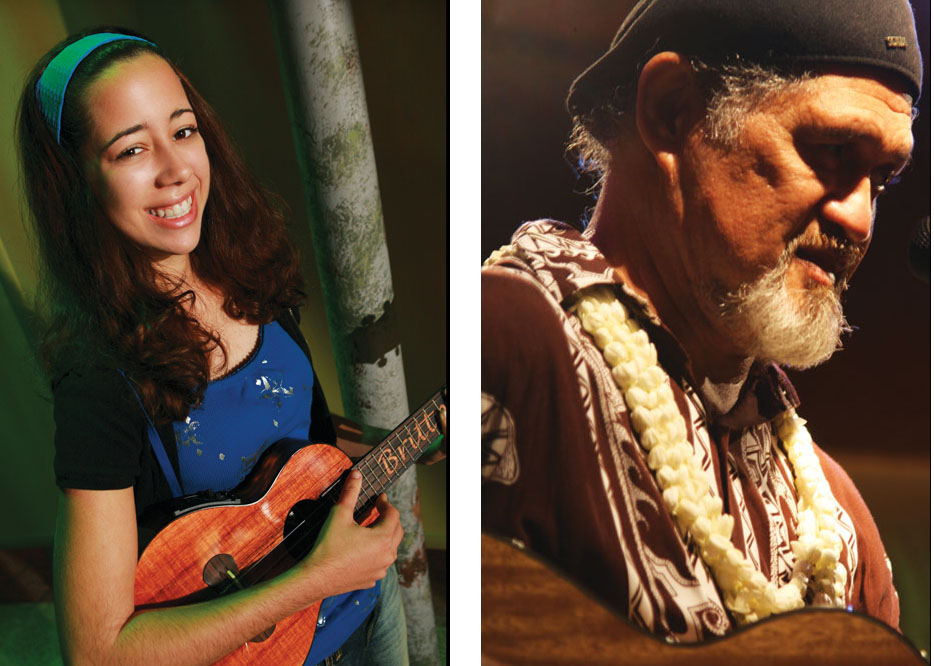A Brief History: Hula
“Hula is not just a dance, but a way of life, an ancient art that tells of Hawai‘i’s rich history and spirituality.” (this is attributed to many)
 Peter T. Young
Peter T. Young
In 1830, Ka‘ahumanu issued an oral proclamation in which she instructed the people, in part: “The hula is forbidden, the chant (olioli), the song of pleasure (mele), foul speech, and bathing by women in public places.” (Kamakau)
Although it was apparently never formally rescinded, the law was so widely ignored, especially after Ka‘ahumanu died in 1832, that it virtually ceased to exist.
Hula combines dance and chant or song to tell stories, recount past events and provide entertainment for its audience. With a clear link between dancer’s actions and the chant or song, the dancer uses rhythmic lower body movements, mimetic or depictive hand gestures and facial expression as part of the performance. (ksbe-edu)

As hula is the dance that accompanies Hawaiian mele, the function of hula is therefore an extension of the function of mele in Hawaiian society. While it was the mele that was the essential part of the story, hula served to animate the words, giving physical life to the mo‘olelo (stories.) (Bishop Museum)
Today, we typically divide hula into two different forms, the hula kahiko (ancient dance) and the hula ‘auana, also spelled ‘auwana (modern dance).
Although the terms hula kahiko (ancient) and hula ‘auana (modern) are used to divide styles of traditional dance, these terms are a relatively recent classification of a practice with a very long history. The dance has also undergone evolutions throughout its history, often being influenced by the political leaders and situations of the time. (Bishop Museum)
“In the hula, the dancers are often fantastically decorated with figured or colored kapa, green leaves, fresh flowers, braided hair, and sometimes with a gaiter on the ankle, set with hundreds of dog’s teeth, so as to be considerably heavy, and to rattle against each other in the motion of the feet.” (Hiram Bingham)
“They had been interwoven too with their superstitions, and made subservient to the honor of their gods, and their rulers, either living or departed and deified.” (Hiram Bingham)
A common misrepresentation of history suggests that the American missionaries banned hula—they could not have, they did not have the authority. However, it is true that they openly disapproved of hula (as well as other forms of dance and activities) as immoral and idle pastime.
As Bingham notes, they “were wasting their time in learning, practising, or witnessing the hula, or heathen song and dance.”
“Missionary influence, while strong, never wiped out the hula as a functional part of the Hawaiian society. Faced with this undeniable fact, the authorities sought to curb performances by regulation.” (Barrere, Pukui & Kelly)
Despite efforts to eliminate hula, many of the ancient chants and dances were kept alive within families and passed to descendants. (Bishop Museum)
In 1836, it was reported that the French consul for Manila visited Honolulu and attended a state banquet hosted by the King. Part of the festivities was a formal hula performance.
In 1850, the Penal Code required a license for “any theater, circus, Hawaiian hula, public show or other exhibition, not of an immoral character” for which admission was charged.
“No license for a Hawaiian hula shall be granted for any other place than Honolulu.” (The law did not regulate hula in private, so the dance continued to be practiced and enjoyed throughout the islands.)
King David Kalākaua’s 1883 coronation included three days of hula performances and his 1886 jubilee celebrations had performances of ancient and newly created dances.
Reviewing older drawings of hula, it is clear that the attire of the dancers is different than what we generally associate with hula attire today (and throughout the last century.)
Men and women were topless in the original hula attire. Women wore a pā‘ū, which is a wrap made of tapa cloth. Men wore malos, or loincloths, and other kapa wraps.
Hula attire was expanded with lei and decorations for dancers’ wrists and ankles. Originally, some of these decorations were made of whale bone or dogs’ teeth.
So, when and where did the grassy/leafy skirt that we know today come from? Reportedly, the grass skirt was introduced to Hawai‘i by immigrants from the Gilbert Islands (small atolls that are today part of the Pacific Island nation of Kiribati) in the 1870s and 1880s.
“Hawaiian hula during and after that period (Kalākaua era) influenced and was influenced by the dance styles of other Islanders, such as the incorporation of Kiribati-style grass skirts.” (Kealani Cook, PhD dissertation)
By the early 1900s, hula performers in Hawai‘i and the US continent wore grass skirts. Some hula performers still wear grass skirts today.
Today, grass skirts function as the international symbol for hula dancing. The grass skirts sway with the dancers as they move their hips, creating a fluid movement. Dancers also wear a variety of other apparel. ❖
Contact writer Peter: ToTakeResponsibility.blogspot.com


